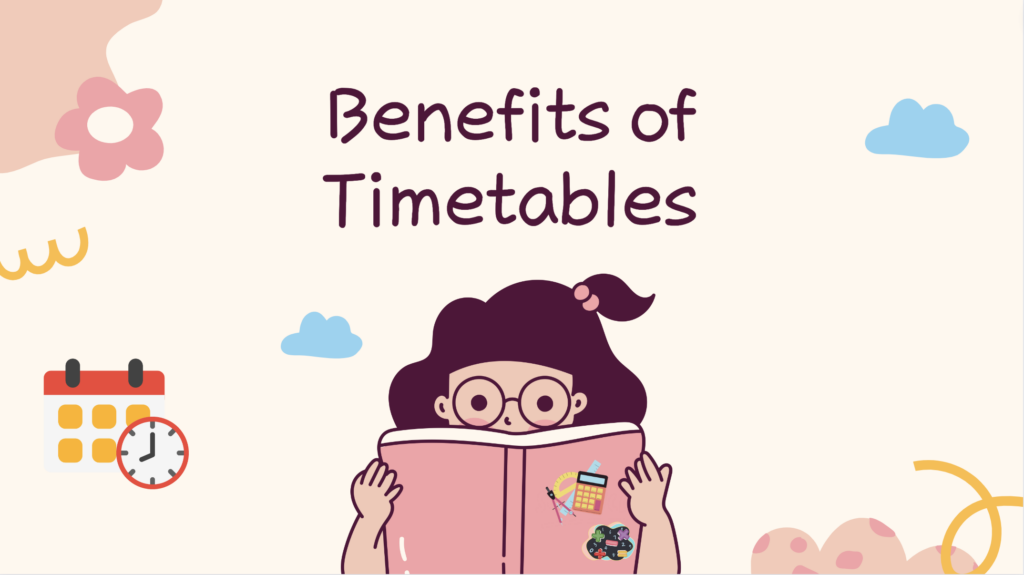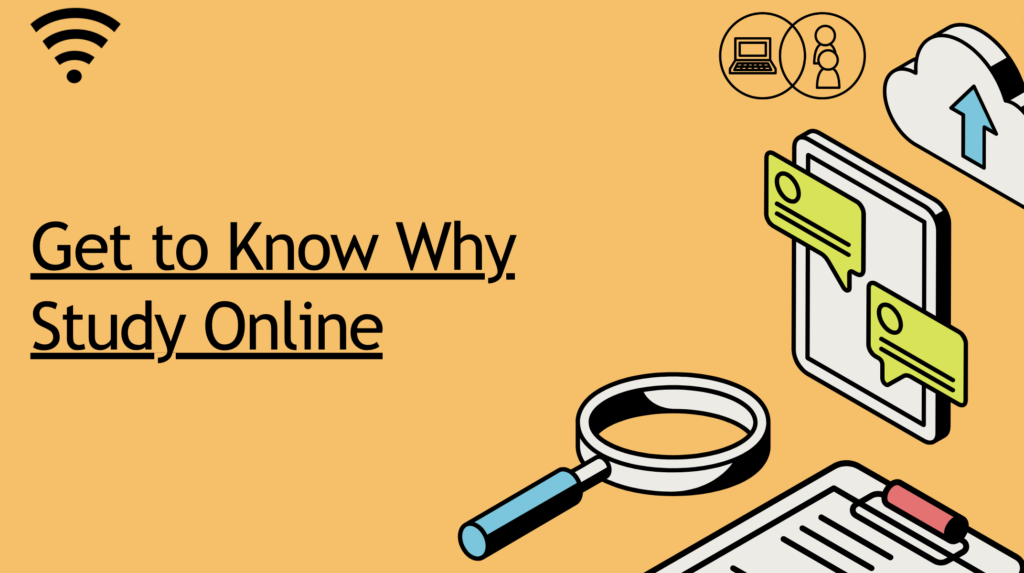ASER 2020: Over 60 Percent of School Children have access to Smartphones
The 15th Annual Status of Education Report, (ASER 2020 Wave 1) has been released at an online event attended by individuals all across the world. As per the latest ASER 2020, around one in every 10 rural households all across India bought a new smartphone or laptop to support their child’s education after complete shutdown in March 2020.
ASER 2020 is a yearly survey that maps the status of schooling of children enrolled in government and private schools. The report is regarded highly by the education policy-makers at both the state and central government level.
ASER 2020: COVID-19 Pandemic and Online Classes During Lockdown
The ASER 2020 rural survey was conducted in September 2020, after the 6th month of national school closure.
The survey is facilitated by Pratham, a not for profit organization working in the field of education. The key objective of the survey was to explore the challenges faced by students, teachers and parents during the COVID-19 lockdown.
As per the press report released by the organization, “The ASER 2020 is the first-ever phone-based ASER survey.” The ASER 2020 survey was held in 26 states and 4 union territories. In total 52,227 households and 59,251 children in the age group of 5-16 years, as well as teachers and school heads from 8,963 government schools as well as the private schools offering primary grades, were surveyed for the ASER report.
Key highlights of the report:
- About 20 per cent of rural children have no textbooks at home.
- In the Andhra Pradesh, fewer than 35 per cent of children had textbooks. While over 98 per cent of children had textbooks in the West Bengal, Nagaland and Assam.
- Only in the first week of the survey, about 1 in 3 rural children had performed no learning activity at all.
- About two in three children had study material or performed any sort of learning activity given by their school that week. Also, only one in 10 had access to live online classes.
- Only 3 per cent of rural children, the age group between 6-10 years, had not yet enrolled in school this year, in comparison to just 1.8 per cent in 2018.
School Enrollment Pattern in 2020
The school enrolment patterns also show a slight shift toward government schools, with private schools seeing a decline in enrolment in all age groups.
“The proportion of boys enrolled in government schools rose from 62.8% in 2018 to 66.4% in 2020. Similarly, the proportion of girls enrolled in government schools rose from 70% to 73% during the same period,” as per the ASER 2020 report.
Young Children yet to enroll in School
It has also been reported that many young children yet to get admission in the school.
“The ASER 2020 shows that while the proportion of children not currently enrolled for the 2020-21 school year is higher than the equivalent figures for 2018, for most age groups these differences are small. This proportion is particularly large in Karnataka (11.3% 6- and 7-year-olds not enrolled in 2020), Telangana (14%), and Rajasthan (14.9%).”
Availability of Household Resources
The survey also tried to bring in light how students managed studies at home while the schools remained closed.
The household resources that helped children study can be educated parents, technology (TV, radio or smartphone) or availability of the study materials such as textbooks for the current class.
The report pointed out that among the total enrolled children over 60% live in families with at least one smartphone.
Textbooks availability
Whether bought before or after school lockdown, over 80% of children have textbooks for their current grade, as per the report.
“Across states, the proportion of children with textbooks at home falls below 70% in only three states: Rajasthan (60.4%), Telangana (68.1%), and Andhra Pradesh (34.6%).”
Deprived Learning Support from Family in Rural India
“While schools are closed, almost three-quarters of all children receive some form of learning support from family members. Notably, even among children whose neither parent has studied beyond primary school, family members do provide support. Older siblings play an important role in providing learning support to children in these households,” the report said.
“Children in lower grades get more family support than in higher ones. Similarly, children with more educated parents receive more family support than those with less-educated parents.
For example, 54.8 per cent of children whose parents had completed class 5 or less received some form of family support, as compared to 89.4 per cent of children whose parents had studied beyond class 9.
As children progress to higher grades, parents can provide less help. For example, 33% of mothers of young children in Std I-II were able to help their children, as opposed to 15% of mothers of children in Std IX and above. But for children in higher grades, support from elder siblings becomes steadily more important,” it added.
Children with the Access to Study Material
The report pointed out that approximately 1/3rd of the total enrolled children had received some sort of study material from their school teachers during the week before the survey.
This proportion was higher in the higher grades than in children in the lower grades. However, there is a wide gap by states in children’s receipt of learning material or activities during the reference week.
“States where less than a quarter of all children had received any material include Rajasthan (21.5 per cent), Uttar Pradesh (21 per cent), and Bihar (7.7 per cent). Regardless of school type, WhatsApp was the most common medium through which activities and materials were received. However, this proportion was much higher among children in private schools (87.2 per cent) than those in government schools (67.3 per cent).
“On the other hand, children who had received some material, those in government schools were much more likely to have received material via personal contact with a teacher (31.8 per cent) then those in private schools (11.5 per cent), either when a teacher visited the household or else when a household member visited the school,” it said.
Increased Use of WhatsApp to the exchange of Study Material
It has been reported that WhatsApp was the most common medium to receive study material. Nevertheless, children in private schools (87.2%) were using WhatsApp, as a tool to exchange study material, more than those in government schools (67.3%).
The survey tried to explore ways in which students managed studies during the school closure and the means that they had access to. It found out that over 60 per cent of students had access to smartphones at home.
Children with Smartphone Access
According to the ASER report, the basic percentage of rural children having mobiles improved to 61.8% in 2020 in comparison to 2018 when it was just 36.5% in both government and private schools.
Likewise, almost 1 in 10 households purchased a smartphone to support their children’s education.
The rural survey also showed that a portion of rural children was using their neighbours’ phone. As per the findings, 12.7% of children from both government and private schools used their neighbour's smartphones to study online during the lockdown.



